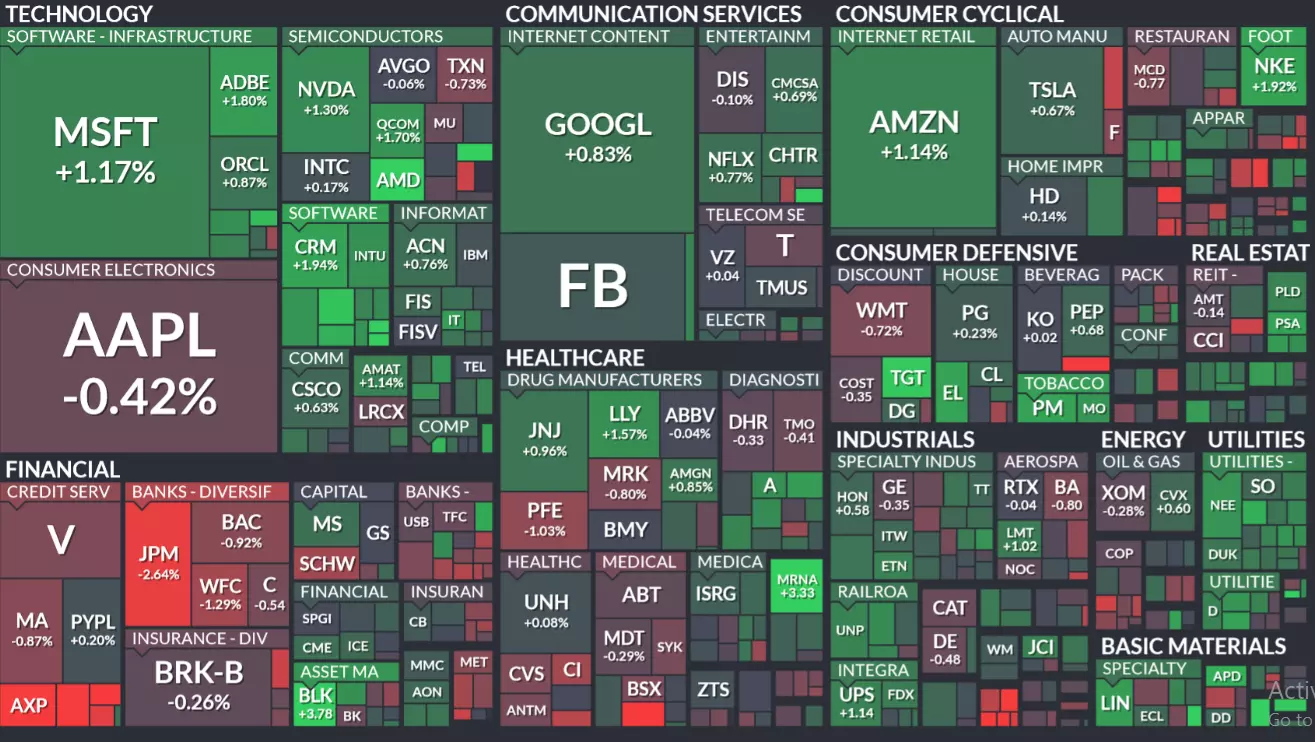Yesterday’s trade saw GBP/USD within the range of 1.3207-1.3496. The pair closed at 1.3310, losing 0.86% compared to Wednesdays close. It has been the 154th drop in the past 284 trading days. The cross depreciated 7.94% in June to mark its second consecutive month of decline and also the worst performance since October 2008. Back then the major pair lost 9.87% of its value.
At 6:44 GMT today GBP/USD was edging down 0.14% on the day to trade at 1.3291. The pair touched a daily high at 1.3350 during the early phase of the Asian trading session and a daily low at 1.3262 during late Asian trade.
On Friday GBP/USD trading may be influenced by the following macroeconomic reports and other events as listed below.
Fundamentals
United Kingdom
Manufacturing PMI
Activity in United Kingdom’s sector of manufacturing probably lowered in June compared to a month ago, with the corresponding Purchasing Managers Index coming in at a reading of 49.9, according to the median forecast by experts, down from 50.1 in May. The sub-gauge of new orders rose at a faster rate in May, driven by local demand, while the sub-index of production was almost unchanged. New export business level contracted for the fifth consecutive month, while the gauge for employment in the sector dropped for the fifth successive month in May.
The index is based on a survey, encompassing managers of companies, that operate in sectors such as manufacturing, mining, utilities. They are asked about their estimate in regard to current business conditions in the sector in terms of new orders, output, employment, demand in the future. Values below 50.0 signify that respondents are rather pessimists about business conditions in the sector than optimists.
In case the PMI dropped more than projected in May, this would have a strong bearish effect on the Sterling. The Chartered Institute of Purchasing and Supply (CIPS) is expected to release the official PMI reading at 8:30 GMT.
United States
Manufacturing PMI by Markit – final reading
The final estimate of the Manufacturing Purchasing Managers Index for June probably confirmed the preliminary reading of 51.4, according to the median forecast by analysts. It has been the highest PMI reading since March, when a final 51.5 was reported. In May the final seasonally adjusted PMI stood at 50.7, improving from a preliminary reading of 50.5.
According to the preliminary report by Markit, ”Manufacturers indicated a modest rise in production volumes during June, which survey respondents mainly linked to signs of a rebound in customer demand and a corresponding upturn in new work. The latest increase in new business was the strongest since March, although subdued in comparison to the post-crisis average. New orders from abroad expanded at the fastest pace for almost two years, suggesting an additional boost to growth from greater export sales in June.”
”While manufacturers indicated sustained caution in terms of their stock policies, this contrasted with more positive trends for staff recruitment in June. Employment growth picked up further from the near three-year low record in April, in part reflecting a renewed increase in backlogs of work across the manufacturing sector. Volumes of work outstanding rose for the first time since the start of 2016, thereby suggesting greater capacity pressures among manufacturers in June”, Markit stated.
Values above the key level of 50.0 indicate predominant optimism (expanding activity). In case the final PMI for June came in line with expectations or accelerated even further, this would lead to a moderate bullish impact on the US dollar. The final reading is due out at 13:45 GMT.
Manufacturing PMI by the ISM
Activity in United States’ manufacturing sector probably increased at a faster pace in June, with the corresponding manufacturing PMI coming in at a reading of 51.4, according to market expectations, up from 51.3 in May. If so, this would be the fourth consecutive month of expansion, which followed four successive months of contraction.
The New Orders Index came in at 55.7 in May, ticking down from 55.8 in April. The sub-gauge of production was reported at 52.6 in May, slowing down from 54.2 in the preceding month. The index of employment remained at a value of 49.2 for a second straight month in May. The gauge of prices was at 63.5 in May, surging from 59.0 in April, which suggested higher prices of raw materials for a third consecutive month. In May, out of a total of 18 manufacturing industries, 12 reported growth, while 6 reported contraction in overall business activity, according to the report by the Institute for Supply Management (ISM).
Readings above the key level of 50.0 are indicative of expanding activity in the sector of manufacturing. In case the PMI picked up more than anticipated in June, this would have a strong bullish effect on the US Dollar. The Institute for Supply Management (ISM) is to release the official reading at 14:00 GMT.
Feds Mester speech
At 15:00 GMT the Fed President for Cleveland, Loretta Mester, is expected to take a statement. Any remarks made in regard to the US macroeconomic outlook, or the Banks future policy stance, would certainly boost USD volatility, especially amid the overall uncertainty, following the stunning UK vote on EU membership.
Bond Yield Spread
The yield on UK 2-year government bonds went as high as 0.249% on June 30th, or the highest since June 27th (0.260%), after which it closed at 0.130% to lose 7.6 basis points (0.076 percentage point) compared to June 29th.
Meanwhile, the yield on US 2-year government bonds climbed as high as 0.649% on June 30th, or the highest level since June 24th (0.755%), after which it fell to 0.590% at the close to lose 5.1 basis points (0.051 percentage point) compared to June 29th.
The spread between 2-year UK and 2-year US bond yields, which reflects the flow of funds in a short term, widened to 0.460% on June 30th from 0.435% on June 29th. The June 30th yield spread has been the highest one since June 2nd, when the difference was 0.503%.
Daily, Weekly and Monthly Pivot Levels
By employing the Camarilla calculation method, the daily pivot levels for GBP/USD are presented as follows:
R1 – 1.3452
R2 – 1.3475
R3 (range resistance) – 1.3497
R4 (range breakout) – 1.3564
S1 – 1.3408
S2 – 1.3385
S3 (range support) – 1.3363
S4 (range breakout) – 1.3296
By using the traditional method of calculation, the weekly pivot levels for GBP/USD are presented as follows:
Central Pivot Point – 1.3977
R1 – 1.4724
R2 – 1.5764
R3 – 1.6511
S1 – 1.2937
S2 – 1.2190
S3 – 1.1150
In monthly terms, for GBP/USD we have the following pivots:
Central Pivot Point – 1.3818
R1 – 1.4510
R2 – 1.5710
R3 – 1.6402
S1 – 1.2618
S2 – 1.1926
S3 – 1.0726





